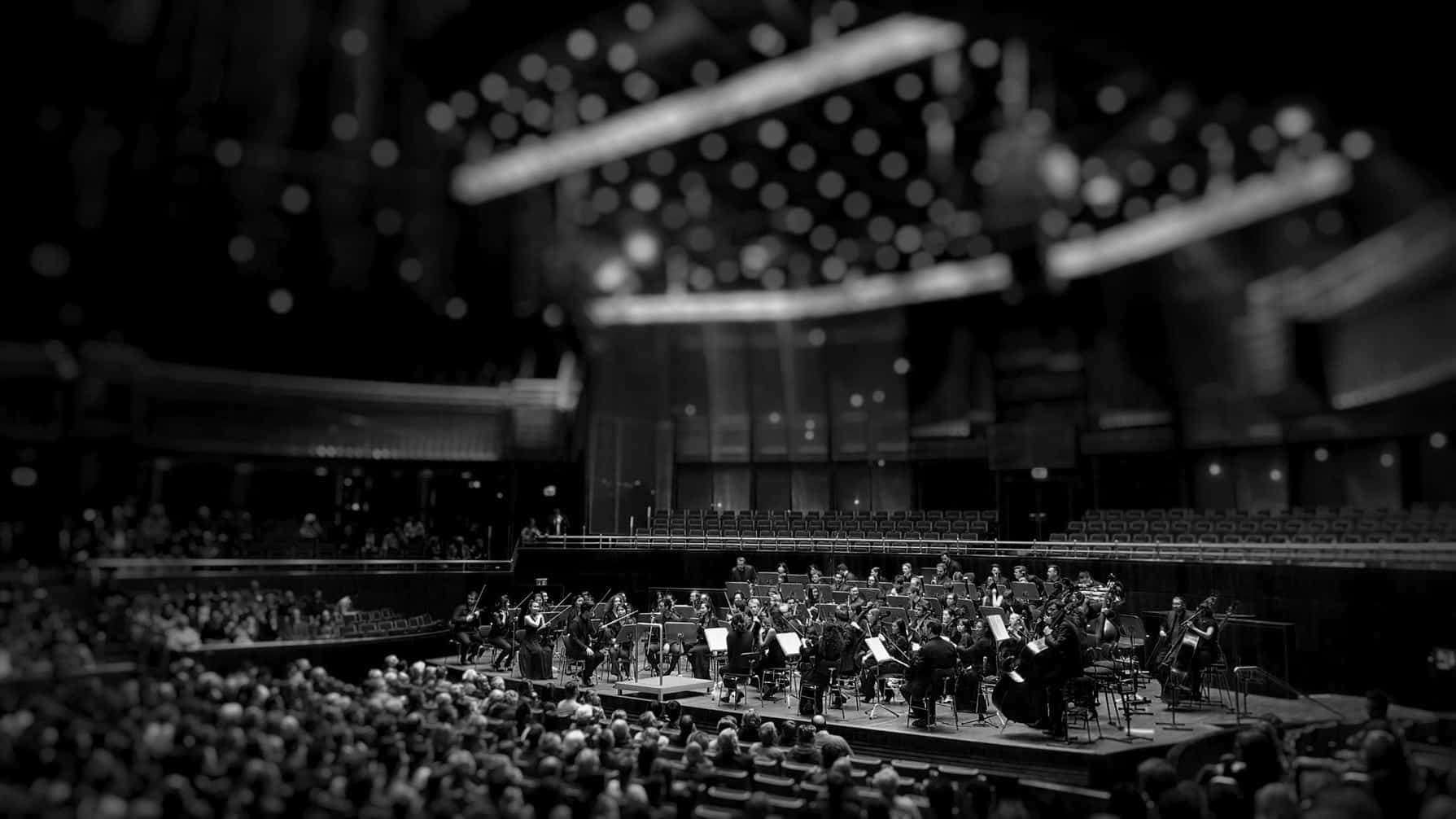Benjamin Britten is one of the most celebrated composers of the last century. His work, colorful and varied in nature, has been tackled by orchestras all over the world, but when Keith O. Johnson (known in the industry as “Prof”) and talented producer David Frost took on the recording of the Kansas City Symphony for Britten’s Orchestra, they brought something new to the table: a surround sound, immersive experience with a stereo field that shines a light on the detail of Britten’s composing.
Reference Recordings, the record label which put this album out, took their first dive into surround sound with this collection of songs, and its success culminated in the award for Best Immersive Audio at the 53rd Grammys. The orchestra is conducted by Michael Stern, son of violinist Isaac Stern, and the impact of the musicianship within the symphony he leads is enhanced by the incredible production.
The concoction of famed audiophiles involved in this work really does lead us to something special. The HDCD release platform this was distributed on was partially developed by Professor Johnson, so it is little wonder that he manages to get such incredible results from it. He has been nominated for seven Grammys for his classical engineering, and has a once-in-a-generation understanding of the dynamics of the orchestra. Combine this with Stern and the Kansas City Symphony, and a special aural experience awaits.

Fittingly, the album opens with one of its highlights, “Young Person’s Guide to the Orchestra.” This composition has had many different iterations and interpretations. It is designed to showcase the different parts of an orchestra. The track takes us from complex timpani to each section in the hall, and gives a wonderful overview of the spectrum of stereo sound we can expect.
Another highlight of the album is “Sinfonia Da Requiem,” a rich and unnerving movement which ebbs and flows, rises and falls, and at times disturbs with a sense of doom and hurry. Britten originally composed this work as a tribute to his parents, and draws a lot of drama and emotion from this relationship.
The album concludes with works from Peter Grimes, Britten’s 1945 opera which features music that is evocative, emotive and echoes the suspicion in the plot of the opera.
The stereo field of this huge orchestra is represented in a way that avoids cliche, evades a clinical and sterile emptiness, and brings a canvas for the twists and turns in Britten’s work. Classical engineering at its finest, and it is truly enhanced by the immersive audio experience.
When Gramophone reviewed the HDCD version of Britten’s orchestra, they described the sound as “better than being in the hall: rich in detail, gold in color and equal to any volume.” This high praise is no exaggeration. Where so many engineers and producers in an orchestral setting seem to inevitably have to compromise in the recording, Frost and Johnson somehow seem to add to the music where others would surely take away. The Grammy award was well-deserved for this modern orchestral triumph and rebirth of a composer whose legacy will continue to grow.

